Software Factories Say Policy Vital to Implementing DevSecOps Across DOD
Software factories push for culture and policy changes to help put the Defense Department on a faster track to integrating DevSecOps into its infrastructure.

The Defense Department is making progress when it comes to incorporating true DevSecOps into its weapons systems development. Fortunately, software factories are helping DOD overcome policy and culture challenges in ways that could facilitate the implementation of new technologies.
Some defense experts believe it is crucial that DOD recognizes that DevSecOps is a mindset and embraces practices that are technology agnostic so that this framework can be incorporated more broadly.
Robert DeVincent, Chief Software Officer of the 309th Engineering Group at Maxwell Air Force Base, thinks educating senior leadership is key to enabling DevSecOps across DOD.
DOD has been looking to refine how it interprets acceptable risks between authorizing officials (AOs). This poses a challenge when collaborating on frameworks and architectures, DeVincent said during the GovCIO Media and Research Disruptive DevSecOps event.
“It doesn’t help if we have an enterprise framework or architecture if the AOs aren’t in agreement to accept the level of risk that come with those. We need to do whatever we can policy-wise that will help drive the comfort of AOs to accept or mitigate a manageable level of risk,” DeVincent said. “It’s important we figure out how to help senior leaders understand the benefits and concerns of implementing DevSecOps.”
Manuel Gauto, Chief Engineer at Black Pearl, U.S. Navy, said accreditation is also important when developing a common framework and language for negotiating with authorizing officials.
“They serve a really important purpose, and at the end of the day it’s their signature that’s on the piece of paper and it’s on us to make sure we come up with a resilient way of communicating risks and why things are going to be ok to people like that,” Gauto said.
The Navy is also looking to overcome similar challenges. Gauto believes this is due in part to a combination of technical and institutional hurdles, which will require more than a singular policy to address.
“At least on the naval side we are starting to see engagement from our leadership where they’re willing to back us up and they’re putting out strategic intent and memos and saying this is the way we need to go. Which makes our lives easier at the worker level in order to move forward,” Gauto said.
According to Dave Cantrell, CISO of BESPIN at Hill Air Force Base, the DOD DevSecOps strategy and approach needs to be practice focused rather than technology focused.
“The concern was when a document comes out from the DOD CIO’s office that is explicitly endorsing a specific technology stack,” Cantrell said. “Then the independent AOs look to that as effectively an endorsement that they should all be trying to force everyone to move in that direction. But that is not necessarily the best fit for every single mission.”
Cantrell said this will necessitate policies that overcome impediments to rapidly building and deploying mobile applications.
“In many cases, all of the policies are written from the standpoint of helping AOs’ add capabilities to their existing system baselines, whereas what we are trying to do is provide a common set of capabilities and provide mobile applications that can be used by those AOs,” Cantrell added.
Gauto also talked about how commoditization of technology comes into play, and how commoditization is part of a maturating DevSecOps landscape.
“The next step is formalizing that unification on a technology set and then packaging it up as a commoditized service and offering that to the community so they can pick up the torch and move on to the next step of automating their risk evaluation or automating their deployment,” Gauto said. “Now that I can move this quickly, what kind of cool capabilities can offer we to the warfighter? It’s the natural next step to getting us to where we want to be.”
Meanwhile, DeVincent said he would like to see the commoditization of cloud infrastructure across the Defense Department.
“I would really like to see more centralized access to those features. I would love to get the DOD to procure unique cloud contracts at the DOD level across all the different cloud providers and then let the different weapons systems go to the DOD rather than create individual contracts with those cloud providers to get into those spaces,” DeVincent said. “So whatever we can do to help teams get into an operating space that enables them to do their jobs.”
This is a carousel with manually rotating slides. Use Next and Previous buttons to navigate or jump to a slide with the slide dots
-

Inside Oak Ridge National Lab’s Pioneer Approach to AI
Energy Department’s Oak Ridge National Lab transforms AI vulnerabilities into strategic opportunities for national defense.
22m listen -
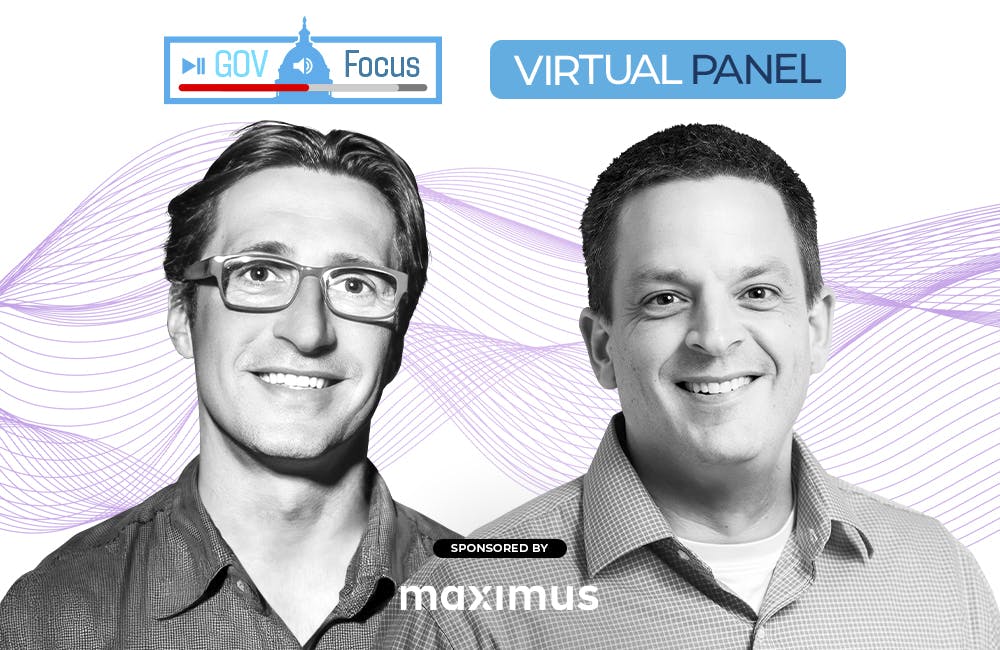
Modernization Strategies to Enable Energy Innovation
Lawrence Berkeley National Lab and Maximus experts explore the modernization strategies driving digital transformation and operational resilience within the energy sector.
33m watch -

DOE National Labs Launch New AI Tools for Operational Efficiency
The Energy Department's National Laboratories are using AI to increase operational efficiency and drive research efforts forward.
3m read -
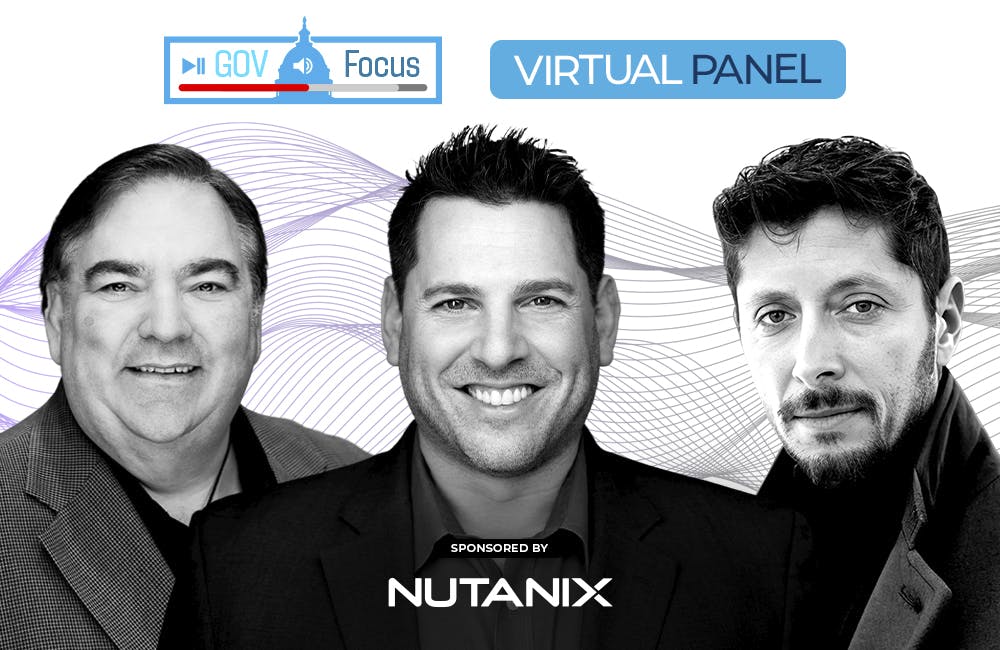
Software Factories Accelerate Federal Modernization Outcomes
IT leaders from Nutanix and SAIC explain how software factories streamline tech development, modernize legacy systems and accelerate adoption of emerging technologies like AI.
34m watch -
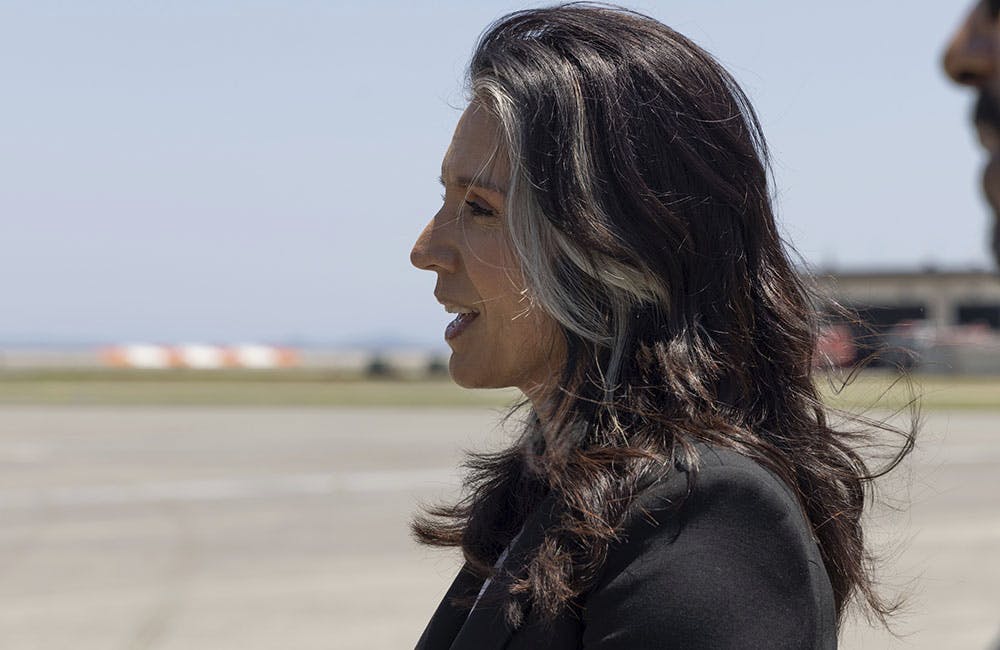
AI in Top-Secret Clouds Is a ‘Game Changer’ for IC, DNI Says
Tulsi Gabbard touts significant improvements in AI, data analysis, interoperability and operational intelligence at the AWS Summit 2025.
3m read -

AWS Summit: Innovation Accelerates IT Delivery at DOD
Marine Corps Community Services is tackling outdated IT processes with agile development and cutting-edge cloud security to deliver mission-critical capabilities faster.
12m watch -
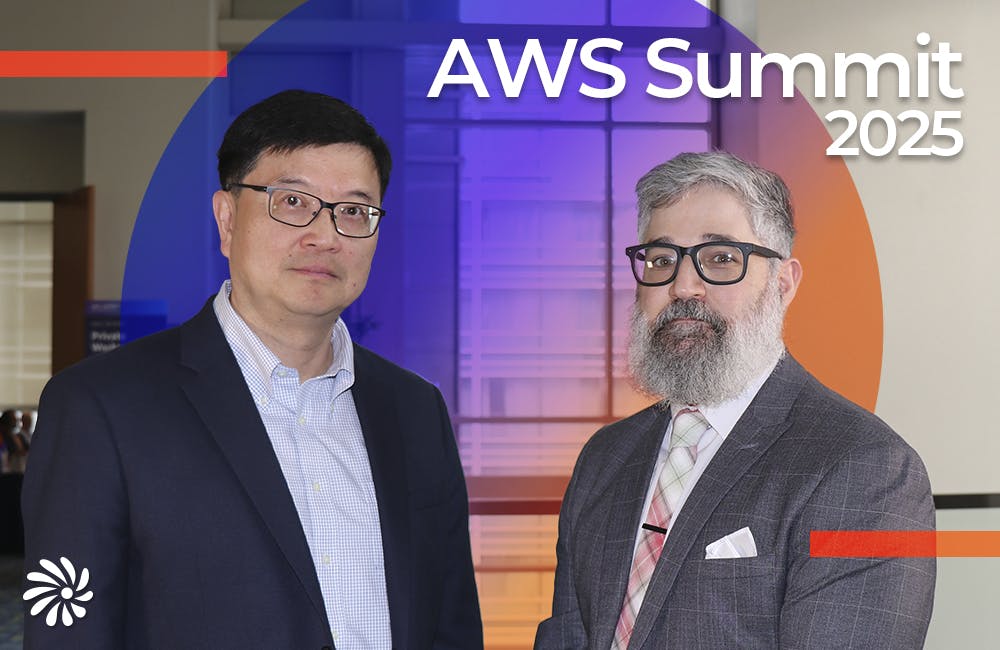
AWS Summit: NIST Secures High-Performance Computing Against Evolving Threats
NIST’s Yang Guo reveals the broad attack surface of high-performance computing and explains developing guidance and future-proofing security strategies.
9m watch -

Trump Overhauls Federal Cybersecurity with New Executive Order
The new directive aims to strengthen digital defenses while rolling back "burdensome" software requirements and refocusing AI security.
3m read -

AWS Summit: Forging Successful Cloud Modernization Partnerships
Industry leaders share insights on the critical role industry partnerships have in enabling government agencies to navigate procurement challenges for cloud and zero trust solutions.
24m watch Partner Content -
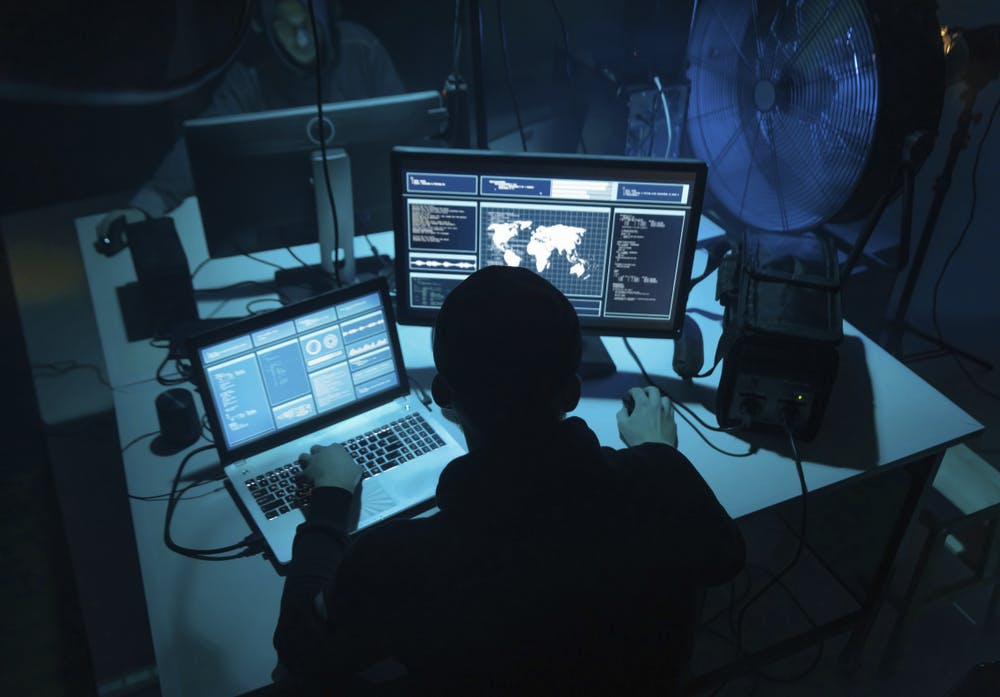
CISA's CVE Program and Why it Matters for Zero Trust
The vulnerability program provides the cybersecurity community visibility into software as part of a key pillar of CISA's zero trust model.
5m read -

Air Force, Coast Guard Talk Data Security Efforts for AI Development
The services' AI initiatives include efforts like creating clean training data, countering data poisoning and bridging siloed teams.
4m read -

DHS Secretary Urges Congress to Reauthorize CISA 2015
Federal leaders highlight CISA 2015's role in strengthening public-private partnerships and defending against evolving cyber threats.
3m read
















